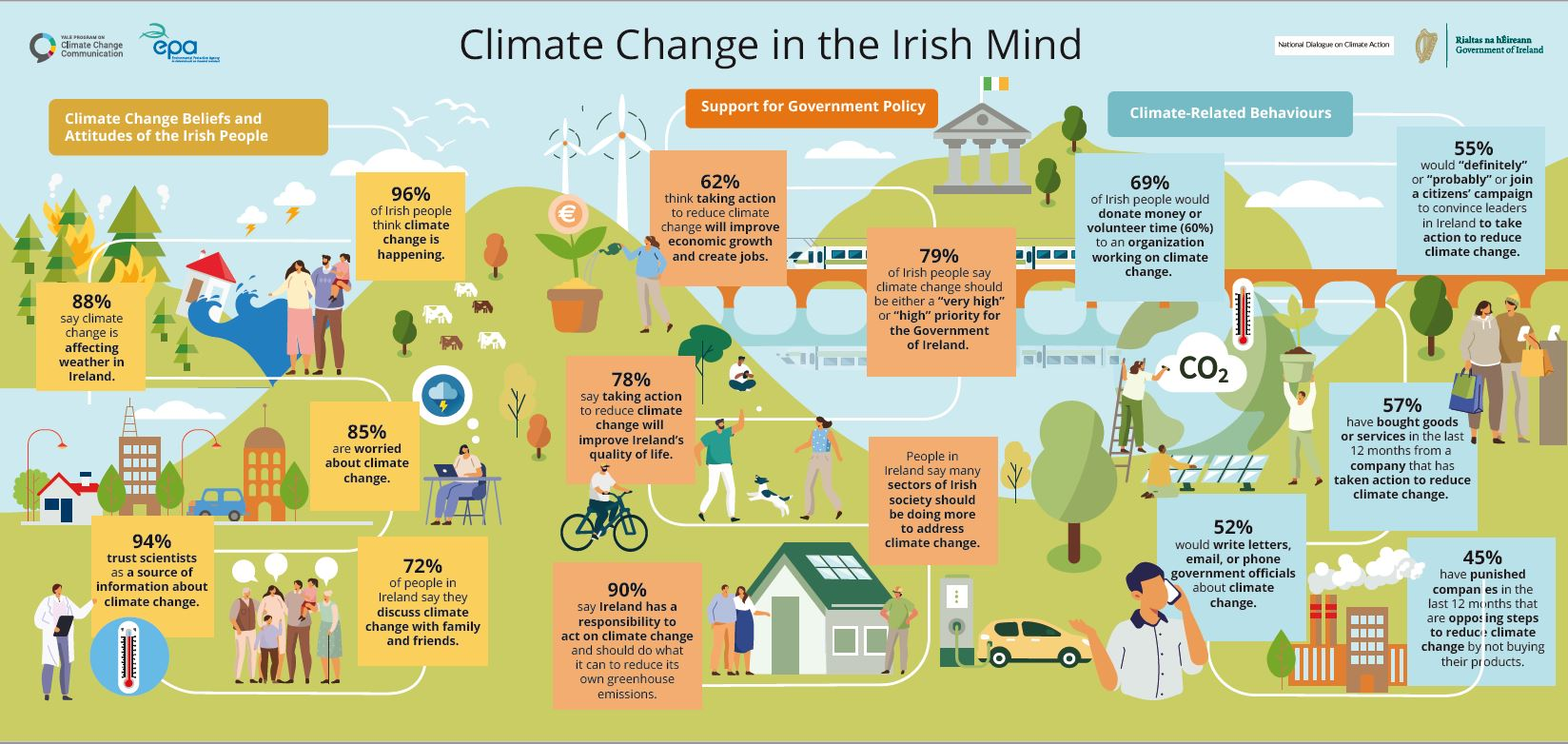The EPA Climate Change Initiatives are vital in guiding the United States toward a sustainable future amidst accelerating environmental challenges. Recent EPA regulation changes have sparked intense discussions around climate policy rollback, raising concerns over greenhouse gas emissions and their impact on public health. Experts warn that these changes may lead to significant climate change impacts, undermining years of progress in environmental law and regulatory frameworks. With the EPA’s roadmap outlining 31 steps to tackle climate change, including electric vehicle support and greenhouse gas reporting, the stakes have never been higher. As the nation navigates these initiatives, collaboration and active participation from various stakeholders will be essential to ensure a resilient and healthy ecosystem for future generations.
The Environmental Protection Agency’s initiatives focused on climate resiliency play a crucial role in shaping America’s approach to tackling ecological challenges. As new environmental regulations are proposed or rolled back, the implications for climate policy and legislative frameworks can lead to a ripple effect on emissions and overall air quality. This ongoing dialogue reflects broader concerns about both domestic and global environmental standards, particularly in relation to reducing harmful greenhouse gases. By highlighting the need for effective climate strategies, these frameworks aim to mitigate adverse climate impacts while fostering innovation in clean technologies. As we explore different terminologies related to environmental stewardship, it becomes increasingly clear that effective governance in this arena is not only a legal imperative but also a moral obligation.
Understanding EPA Climate Change Initiatives
The Environmental Protection Agency (EPA) is taking significant steps in addressing climate change through various initiatives aimed at regulating greenhouse gas emissions. Recently, the EPA outlined a comprehensive plan that includes 31 specific actions designed to enhance regulatory oversight of pollution and environmental protections. These actions, such as promoting electric vehicles and establishing robust reporting requirements for power plants, reflect a commitment to combating the pressing impacts of climate change. Moreover, this initiative signals a broader shift toward recognizing environmental law’s role in fostering a sustainable future.
However, it’s essential to note that the current climate change initiatives under the EPA are under threat due to recent regulatory rollbacks proposed by the current administration. Experts in environmental law highlight that such rollbacks could reverse decades of carefully crafted climate policy aimed at reducing greenhouse gas emissions. Without a consistent regulatory framework supported by sound environmental law, the effective implementation of these initiatives may be jeopardized, leading to adverse climate change impacts on communities across the nation.
Impact of EPA Regulation Changes on Climate Policy
The recent regulatory changes championed by the EPA present a complex landscape for U.S. climate policy. As entities in Washington attempt to reevaluate past regulations, the ramifications of these alterations could be profoundly felt across various sectors. Notably, the reexamination of the 2009 ‘endangerment finding,’ which designated greenhouse gases as harmful to public health, could create substantial loopholes for industries to emit higher levels of pollution without fear of regulatory repercussions. This change illustrates the tension between the need for stringent climate regulations and the desire for economic growth, a balance that remains precarious in today’s political environment.
Critics contend that the rollback of these essential environmental regulations might not only hinder progress made over the years but could also have lasting negative effects on public health and the environment. As legislative measures are reconsidered or overturned, the opportunity for environmental groups to advocate for climate justice diminishes, risking the compounding of climate change impacts. Thus, understanding these EPA regulation changes is critical as they carry significant implications not just for politicians, but for every citizen affected by climate fluctuations and environmental degradation.
The Legal Landscape of Environmental Law Amid Policy Rollbacks
In the face of aggressive policy rollbacks, the legal framework of environmental law is being rigorously tested. Legal experts suggest that the ESA (Endangered Species Act), Clean Air Act, and other foundational statutes may be harnessed in defense of established climate protections. These laws have historically provided a solid foundation for regulating greenhouse gas emissions and protecting vulnerable ecosystems. As challenges arise from the current administration aimed at undermining these statutes, the fight may become less about the science of climate change and more about the interpretation and enforcement of existing legal standards.
The potential for litigation surrounding EPA actions is high, especially with opposition groups poised to challenge any regulatory changes made under questionable legal authority. Environmental advocates worry that the erosion of these laws could prevent the government from adequately addressing burgeoning environmental crises. Therefore, as environmental law continues to evolve, maintaining strong protections and ensuring compliance with statutory mandates will be essential in safeguarding the environment against adverse climate change impacts.
The Role of Public Engagement in EPA Initiatives
Public engagement and transparency play vital roles in the efficacy of EPA initiatives aimed at combating climate change. The regulatory process often requires the collection of public comments, allowing citizens, organizations, and stakeholders the chance to voice their opinions on proposed changes to environmental policy. This participatory approach fosters accountability and can influence decision-makers to consider community impacts in their regulations. The active involvement of the public in the legislative process is essential for developing effective climate policies that reflect the needs and expectations of society.
As the EPA embarks on defining new strategies to address climate change, public discourse becomes even more vital. Engaged citizens can advocate for sustainable practices and demand robust regulations that hold industries accountable for their contributions to greenhouse gas emissions. This mobilization not only benefits the environment but can also result in more equitable and just climate solutions—an outcome that echoes the need for collective responsibility in addressing the climate crisis.
Congressional Review Act: A Tool Against Climate Regulation
The Congressional Review Act (CRA) has emerged as a pivotal tool in the current political discourse surrounding environmental regulation. This law allows Congress to overturn rules created by federal agencies like the EPA and inhibit those agencies from reissuing similar regulations without congressional approval. Recent applications of the CRA against multiple EPA initiatives signal a concerning trend where legislative checks are being utilized to dismantle hard-won environmental protections. The implications of such actions could be dire, as they threaten to dismantle frameworks established to curb greenhouse gas emissions and enhance air and water quality.
Critics argue that the use of the CRA undermines the regulatory authority essential for environmental law, creating a precarious relationship between governance and advocacy for sustainability. As Congress leverages this tool, the landscape of climate action may become increasingly fragmented, potentially stalling necessary advancements in environmental policy. The challenge lies not only in countering these legal maneuvers but also in framing an agenda that unites support for continued regulation of greenhouse gases to combat climate change.
The Challenge of Reassessing Regulatory Standards
As the EPA seeks to reassess regulatory standards, significant challenges loom on the horizon. The reevaluation of policies such as the emission standards for automobiles and industrial operations creates uncertainty in both regulatory compliance and market expectations. Environmental law mandates that changes to these regulations are scientifically grounded and contextually relevant; however, there is growing concern that the administration may opt for politically motivated changes that lack a foundation in climate science. This scenario not only threatens current initiatives but may also lead to further legal battles over the validity of any new standards implemented.
The complexity of regulatory reconsideration is compounded by the essential nature of public health considerations intertwined with environmental law. As new science emerges, the EPA’s ability to adapt and integrate these findings into policy will be crucial. An evidentiary approach must guide their actions, considering the long-term impacts on greenhouse gas emissions and pollution levels. Ultimately, how the EPA navigates these reassessments will significantly influence its capacity to enforce effective regulations that protect both the environment and public welfare.
Future Implications of Policy Changes on Environmental Justice
The ramifications of policy changes proposed by the EPA under the current administration extend beyond environmental considerations; they raise significant concerns regarding environmental justice. Vulnerable communities, often disproportionately affected by climate change impacts, may face heightened risks as regulatory protections are weakened. Climate policy rollbacks could exacerbate inequities related to health outcomes, economic opportunities, and overall quality of life for marginalized populations. Understanding these implications is essential to crafting inclusive environmental policies that honor commitments to justice and equity.
Engaging with affected communities and prioritizing their voices in the regulatory process is pivotal for ensuring that climate policies are equitable. As climate change continues to pose significant threats, meaningful engagement will foster a more resilient framework for environmental law that addresses the needs of those most impacted. Future initiatives must recognize the interconnectedness of climate action and social justice, paving the way for comprehensive strategies that promote equity and enhance environmental quality for all.
Technological Innovations as a Catalyst for Change
Technological advancements present an exciting opportunity to bolster EPA climate change initiatives and enhance regulatory efforts. Innovations in renewable energy, electric vehicle technology, and carbon capture solutions are crucial in reducing greenhouse gas emissions. By harnessing cutting-edge technology, the EPA can develop more stringent and effective regulatory standards while also encouraging industries to adopt sustainable practices through incentives and support. As the landscape of environmental law evolves, integrating these technological innovations into the regulatory framework will be imperative for addressing climate change.
Moreover, fostering collaboration between private and public sectors can facilitate the rapid deployment of green technologies, amplifying the EPA’s capacity to enforce climate-related regulations effectively. By prioritizing research and development in sustainable technologies, the EPA can stimulate industry compliance with stricter emissions standards. Thus, the continued evolution and support for technological innovations will play a critical role in addressing climate change, redefining how environmental law operates in an age where sustainability and profitability must go hand in hand.
Assessing the Long-Term Consequences of Policy Decisions
As the EPA adjusts its climate change initiatives and regulatory strategies, it is critical to assess the long-term consequences of these decisions meticulously. Every rollback of a protective regulation carries inherent risks not only for the effectiveness of climate action but also for the overall health of ecosystems and communities. Policymakers must recognize that the implications of their choices resonate beyond the immediate political landscape, potentially shaping the trajectory of environmental law and climate justice for generations to come.
Ultimately, fostering a holistic understanding of the interconnectedness between regulatory frameworks and real-world impacts will be key in crafting responsible environmental policies. Engaging stakeholders and utilizing robust scientific data to inform these decisions can mitigate negative outcomes and advance climate resilience. The path forward must incorporate lessons learned from past regulatory rollbacks, ensuring that any future initiatives are grounded in a commitment to impactful climate action, sustainability, and the preservation of environmental health.
Frequently Asked Questions
What are the latest EPA climate change initiatives affecting greenhouse gas emissions?
The recent EPA climate change initiatives include a roadmap outlining 31 steps to enhance regulations on greenhouse gas emissions, particularly targeting power plant reporting requirements and supporting electric vehicles. These initiatives follow concerns over the impacts of climate policy rollback under previous administrations.
How do EPA regulation changes impact environmental law and climate policy?
EPA regulation changes significantly impact environmental law and climate policy by altering the framework for regulating greenhouse gases. Recent rollbacks can undermine decades of progress, leading to increased greenhouse gas emissions and challenging the Clean Air Act’s effectiveness in combating climate change.
What challenges does the EPA face in implementing new climate policies?
The EPA faces several challenges in implementing new climate policies, including potential staff cuts, legal disputes regarding its authority to regulate greenhouse gas emissions, and opposition from Congress, which may seek to halt or reverse climate initiatives effectively.
How might climate change impacts be evaluated under the EPA’s new initiatives?
The EPA’s new initiatives will likely include evaluating climate change impacts through public comment periods and scientific assessments. Nonetheless, rollbacks may affect the agency’s ability to enforce regulations aimed at mitigating these impacts.
What is the significance of the 2009 endangerment finding in EPA climate change initiatives?
The 2009 endangerment finding identifies the dangers posed by rising greenhouse gases to public health. This ruling is crucial for the EPA’s climate change initiatives as it serves as a legal foundation for regulating emissions under the Clean Air Act and is at risk of being challenged through recent regulatory changes.
How do greenhouse gas emissions regulations under current EPA initiatives compare to previous strategies?
Current EPA initiatives aim to reassess greenhouse gas emissions regulations that were expanded under previous administrations, signaling a shift from prioritizing regulation to questioning the very need for oversight, thereby posing risks to progress in climate change mitigation.
What role does Congress play in shaping EPA climate change initiatives?
Congress plays a pivotal role in shaping EPA climate change initiatives through its ability to utilize the Congressional Review Act to overturn regulations and influence funding, which can significantly impact the EPA’s capacity to enforce climate policies effectively.
What effects could potential staff cuts have on EPA’s climate change initiatives?
Potential staff cuts at the EPA could severely diminish the agency’s expertise and capacity to manage new climate change initiatives, leading to delays in regulatory updates and reducing the scientific foundation necessary for effective environmental law enforcement.
How might rollbacks of EPA climate policies affect public health and environmental safety?
Rollbacks of EPA climate policies could lead to increased greenhouse gas emissions, potentially compromising air quality and public health, thereby exacerbating climate change impacts and undermining the agency’s role in protecting the environment and community welfare.
What steps can individuals take to support EPA climate change initiatives amid regulatory challenges?
Individuals can support EPA climate change initiatives by participating in public comment periods, advocating for stronger environmental policies, staying informed about legislative actions, and engaging in grassroots movements that promote climate action and sustainability.
| Key Point | Details |
|---|---|
| Trump Administration’s Regulatory Changes | The Trump administration’s new policies threaten to undo decades of progress in climate change initiatives, likened to a ‘nuclear explosion’ targeting these programs. |
| EPA’s 31 Step Roadmap | The EPA has outlined 31 steps focusing on climate change regulations, including reconsideration of the 2009 endangerment finding and adjustments to greenhouse gas reporting requirements. |
| Legislative Threats to Environmental Regulations | Congress, under GOP control, could use the Congressional Review Act to revoke existing environmental regulations, complicating efforts for agencies like the EPA. |
| Impact of Staffing Cuts | Staff cuts may hinder the EPA’s ability to regulate effectively since regulatory changes require scientific and legal expertise. |
| Potential Legal Challenges | Any regulatory changes by the EPA will likely face litigation, which could delay implementation and complicate the regulatory landscape. |
| Consequences for Individuals | The regulatory changes and chaos could lead to significant consequences for individuals, including job losses and diminished agency expertise. |
Summary
EPA Climate Change Initiatives are at a critical juncture due to recent regulatory rollback efforts by the Trump administration. These changes pose a risk of reversing significant progress made over the decades in climate policy. Experts from Harvard Law School emphasize that the new administration’s approach could fundamentally question the authority and functionality of the EPA in combating climate change. The proposed steps by the EPA to address climate initiatives and comply with public concerns will likely encounter legal challenges, complicating the regulatory landscape further. As a result, the implications of these shifts will not only affect regulatory frameworks but could also have tangible negative consequences on the lives and livelihoods of individuals dependent on those regulations.



